About the Book:
Discusses the motivation behind writing this book and its relevance in the context of modern communication, particularly virtual interactions (Pages x-xi).
Face Express: Communication that Connects, by Prof Shalini Verma ‘Lifoholic’ provides an in-depth exploration of facial expressions and their role in communication. The book is well-structured, with comprehensive chapters that blend historical context with contemporary relevance.
Prof Verma’s expertise and engaging writing style make this book a valuable resource for professionals seeking to enhance their understanding and mastery of facial expressions, both in-person and online. The detailed illustrations and practical insights ensure that readers can effectively apply the concepts discussed in their personal and professional interactions.
Table of Content:
The book is divided into six chapters:
- Facial Expressions – The Reflection of Emotions: Discusses how facial expressions convey emotions and the constant battle between spoken words and facial expressions. This opening chapter also highlights the role of facial expressions in both in-person and virtual communication settings.
- Types of Facial Expressions: This chapter explores four types of facial expressions: macro, micro, false, and masked. It also introduces the Navarasa from the Natyasastra, detailing nine emotional responses: Shringara (love), Karuna (compassion), Adbhuta (surprise), Shant (peace), Hasya (happiness), Veer (valour), Bhaya (fear), Vibhatsa (disgust), and Raudra (anger).
- Are Facial Expressions Universal, Culture-specific or Contextual: It examines the debate on whether facial expressions are universal or influenced by culture. The chapter also discusses studies by Darwin, Ekman, and others on the universality hypothesis, as well as opposing views and cultural differences in facial expression recognition.
- How to Decode Facial Expressions: This chapter provides methods to decode facial expressions, including behavioural and technology-backed approaches. It also details twelve micro and macro expressions that are difficult to fake and offers practical tips for recognising them.
- Smile, Its Types and Its Cultural Connotations: This chapter studies different types of smiles, such as Duchenne (genuine) and Non-Duchenne (fake), and their cultural connotations. It also explores the reasons behind various types of smiles and their implications in different cultures.
- Facial Expressions for Online (Virtual) Communication: This concluding chapter focuses on the importance of facial expressions in virtual meetings and interactions. It also emphasises the need for professionals to adapt their facial expressions for effective online communication, especially in the post-pandemic work culture.

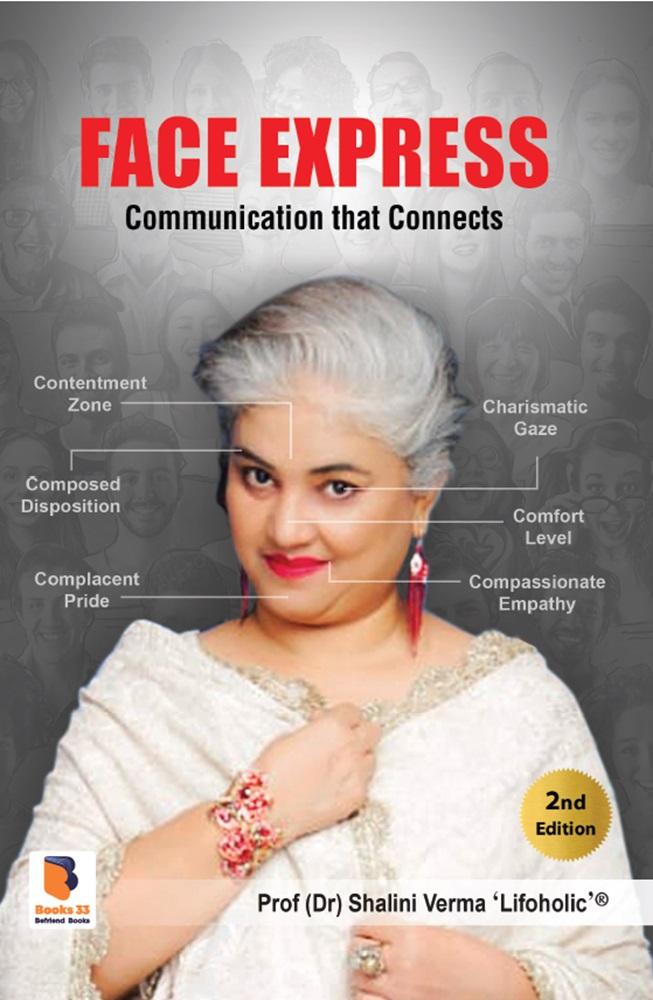

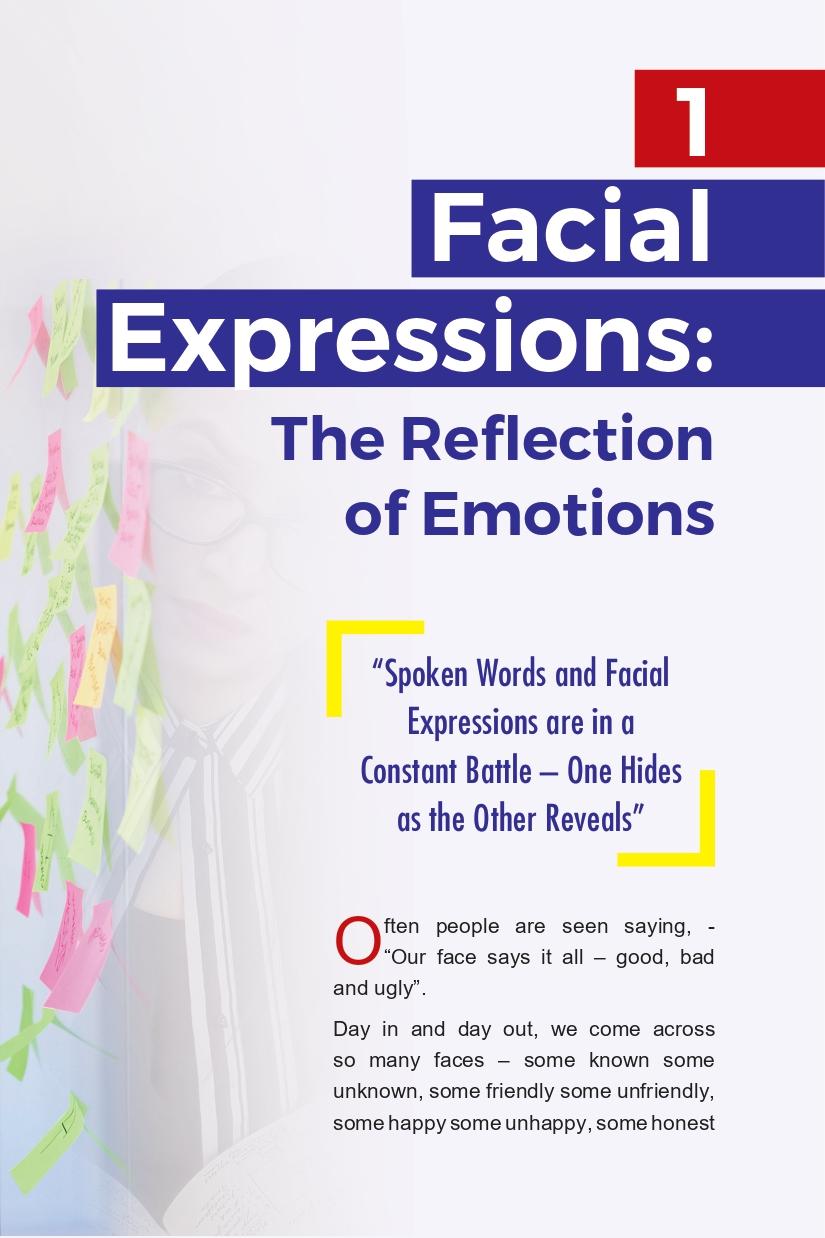

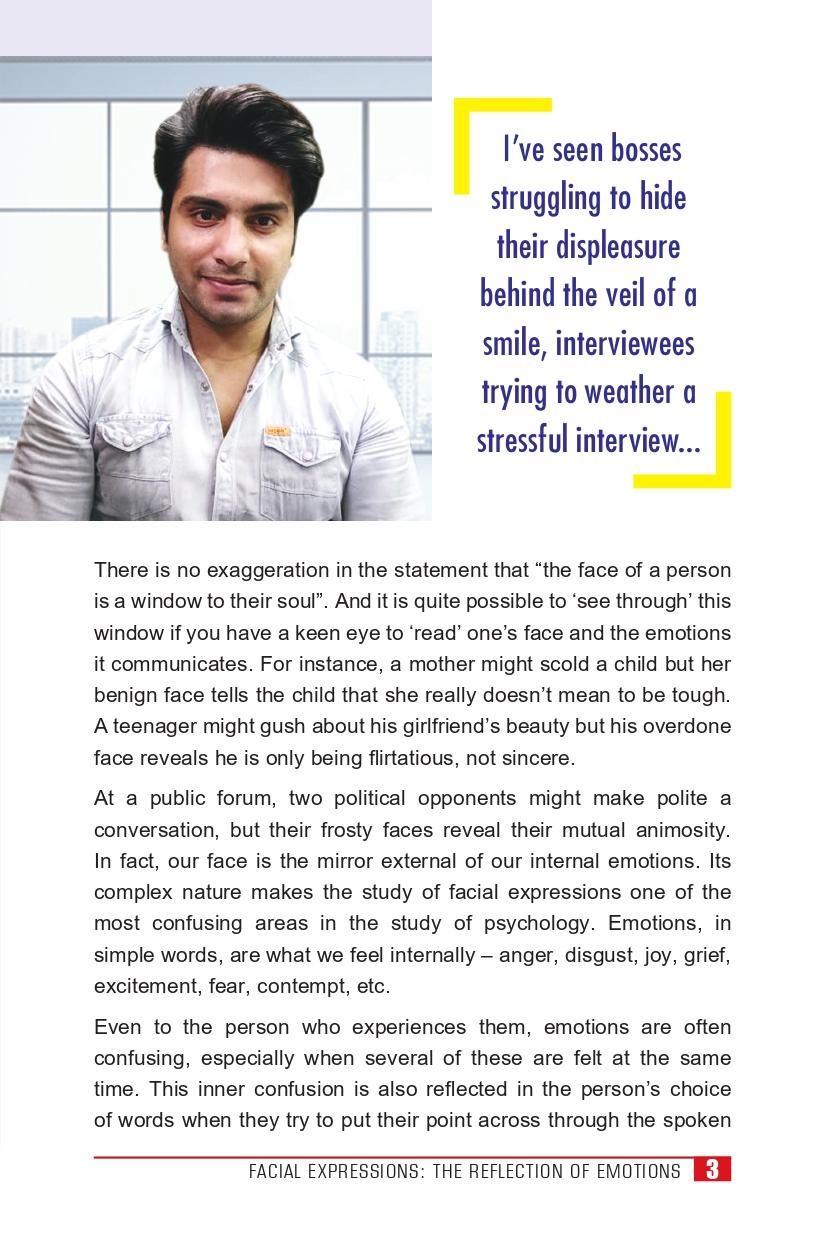
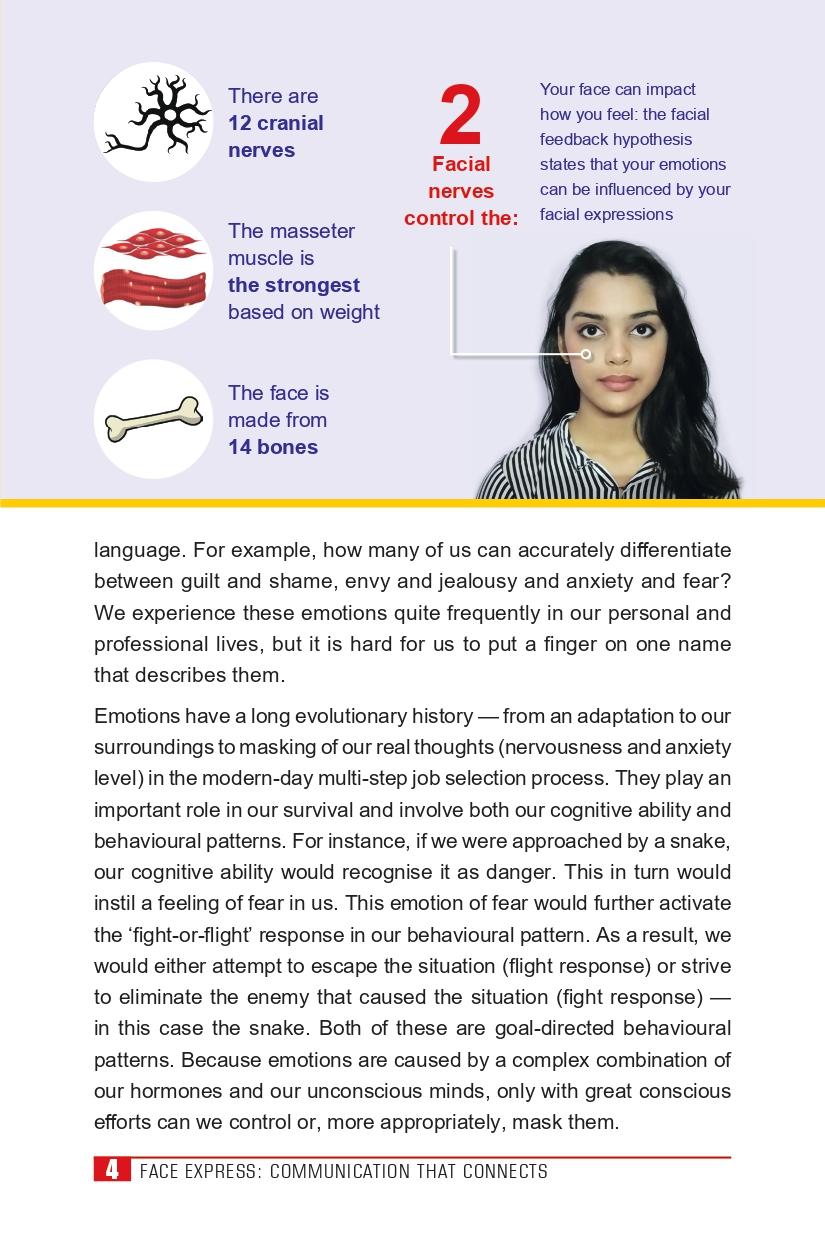


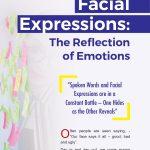

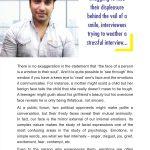







 Each title in our collection is more than just a book - it’s a ‘green gift’, promoting mindful reading, sustainable values, and a culture of eco-conscious living. By gifting books, you open doors to new ideas, support lifelong learning, and nurture a more informed, compassionate, and environmentally aware individual.
Each title in our collection is more than just a book - it’s a ‘green gift’, promoting mindful reading, sustainable values, and a culture of eco-conscious living. By gifting books, you open doors to new ideas, support lifelong learning, and nurture a more informed, compassionate, and environmentally aware individual.
Reviews
There are no reviews yet.